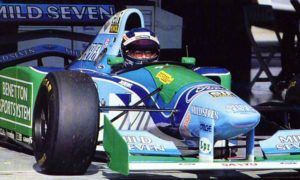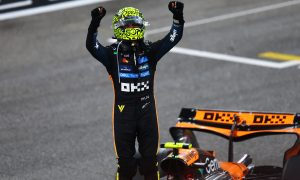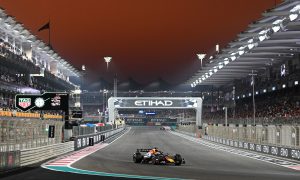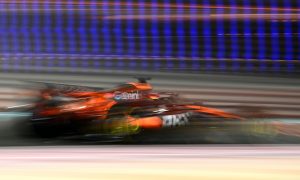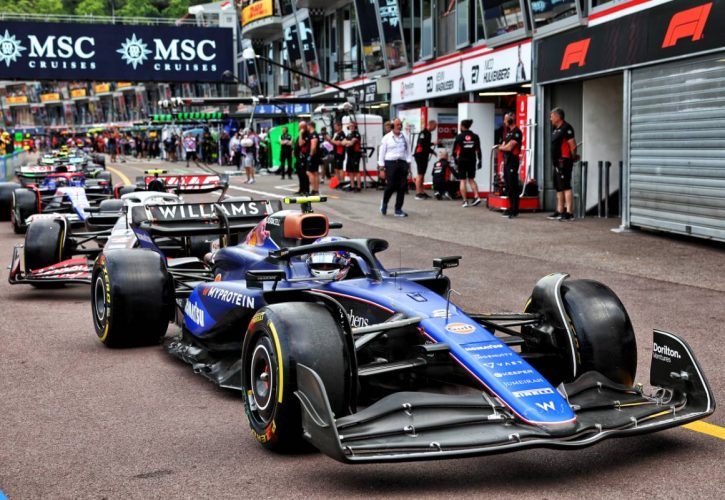
Formula 1 race director Niels Wittich has implemented new rules for handling pit lane traffic this weekend at Monaco, which has one of the most cramped and potentially fraught layouts of the season.
Drivers seeking to build gaps to traffic around them as they come out of pit lane have led to increasing cases of cars forcing their way into the queue of traffic waiting on pit lane, rather than having to slow down on track.
Avoiding traffic is especially important at Monaco, the shortest track on the calendar, and as a result Wittich has decided to take action to stop any dangerous situations developing in practice and qualifying tomorrow.
Drivers are already expected to leave the pits in the order they arrive in the fast lane. But cars toward the exit have been trying to push their way in to avoid being forced to wait until the rest of the queue has gone through.
New guidelines intended to provide extra clarity about the order in which cars line up have now been rolled out to teams, stating that drivers can only claim a place if their front wheel has crossed the solid yellow line.
"It is noted that a car will be considered to be “in the fast lane” when a tyre has crossed the solid [yellow] line separating the fast lane from the inner lane," the new guidance from Wittich states.
"In this context crossing means that all of a tyre should be beyond the far side, with respect to the garages, of the line separating the fast lane from the inner lane.”
Drivers are still expected to 'blend in' to the queue as long as they do so without impeding any other drivers already waiting, and can take advantage of any gaps that occur in the queue.
"After the start or re-start of a free practice session, qualifying session, or sprint qualifying session, if there is a suitable gap in a queue of cars in the fast lane, such that a driver can blend into the fast lane safely and without unnecessarily impeding cars already in the fast lane, they are free to do so.”
The aim of the new guidance is to ensure that drivers make sure there is a gap for them to get their entire front wheel across the line rather than hoping to 'bully' a driver into letting them pull out.
That's to prevent the situation were a driver is insistent to pull out byt the car in the fast lane refuses to yield, which could cause a dangerous accident with consequences for the running of the session.
Keep up to date with all the F1 news via Facebook and Twitter



